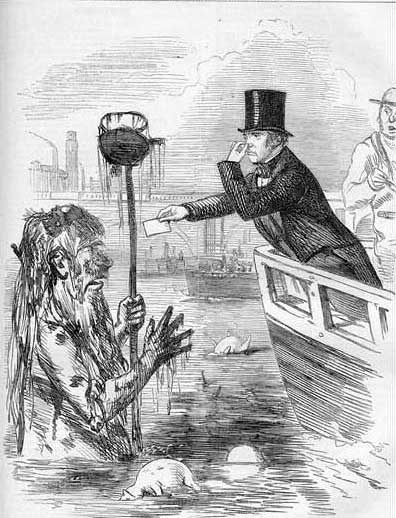

Over the last fifteen years of having read him, I find myself coming back to him to gain clarity of our current situation. At first, I couldn’t tell if he was a genius or mad man. I tilt towards genius now.
Edit … Isn’t that Hunter S. Thompson?


Over the last fifteen years of having read him, I find myself coming back to him to gain clarity of our current situation. At first, I couldn’t tell if he was a genius or mad man. I tilt towards genius now.
Edit … Isn’t that Hunter S. Thompson?


Baudrillard is always a joy to read.


I think the distractions are partially a user issue and partially a company issue. Companies make their programs noisy with notifications by default that I only change it once I’ve found it annoying. They also make their program so bloated that they are slow to load and execute. By the time the app loads, I’ve lost my flow and now the tool is a nuisance. My mind is already cluttered. I don’t need tech to slow it down.


I want those things and I want a phone that’s easy to use, doesn’t constantly advertise to me, and is more of a helpful tool than a distraction.


This podcast episode strong critiques the technical challenges, lifecycle costs, and market effort of hydrogen. I was hydro-curious before this, but it really seems unfeasible.
The chemical engineer being interviewed, Paul Martin, has been working with hydrogen for years.
Paul Martin is a Canadian chemical engineer with decades of experience making and using hydrogen and syngas. As a chemical process development specialist, Paul offers services to an international clientele via his private consultancy Spitfire Research. He is also co-founder of the Hydrogen Science Coalition, a nonprofit organization providing science-based information about hydrogen from a position free from commercial interest


“It is better that one hundred innocent college students fail a class than that one guilty college student write a paper with AI.” - Benjamin Academic


This is probably more of a failing of infrastructure and planning than technology. But I think if we only handle advances in technology as a thing on paper and not a thing in society used by people, then we miss an important, but simple point. Technologies are used by people and they is the only way they can change society.
Any case, toilets ruined London for a couple of decades:
As the population of Britain increased during the 19th century, the number of toilets did not match this expansion. In overcrowded cities, such as London and Manchester, up to 100 people might share a single toilet. Sewage, therefore, spilled into the streets and the rivers.
This found its way back into the drinking water supply (which was brown when it came out of the pipes) and was further polluted by chemicals, horse manure and dead animals; as a result, tens of thousands died of water-borne disease, especially during the cholera outbreaks of the 1830s and 1850s.
In 1848, the government decreed that every new house should have a water-closet (WC) or ash-pit privy. “Night soil men” were engaged to empty the ash pits. However, after a particularly hot summer in 1858, when rotting sewage resulted in “the great stink (pictured right in a cartoon of the day)”, the government commissioned the building of a system of sewers in London; construction was completed in 1865. At last, deaths from cholera, typhoid and other waterborne diseases dropped spectacularly.

The Great Stink only arises because of the development of a sewer system that piped all the sewage to the Thames. And it didn’t stop with the stink:
Despite Bazalgette’s ingenuity, the system still dumped tons of raw sewage into the Thames - sometimes with unfortunate results. The death toll from the sinking of the pleasure boat Princess Alice in 1878 would certainly have been smaller if it had sunk elsewhere on the Thames. As it was, it went down close to one of the main sewage outfalls. Approximately 640 passengers died, many poisoned rather than drowned. Horror at the deaths was instrumental in the building of a series of riverside sewage treatment plants. [Science Museum]
So that’s just one example of toilet technology causing a mess. I bet there are others such as the need for an ‘S’ pipe. But ultimately, technological improvements require a little foresight, insight, feedback and a lot of social power.


Saw a typo on Nature’s blog today. Made my whole breakfast sad.
Can you put the relevant comment link in the OP?